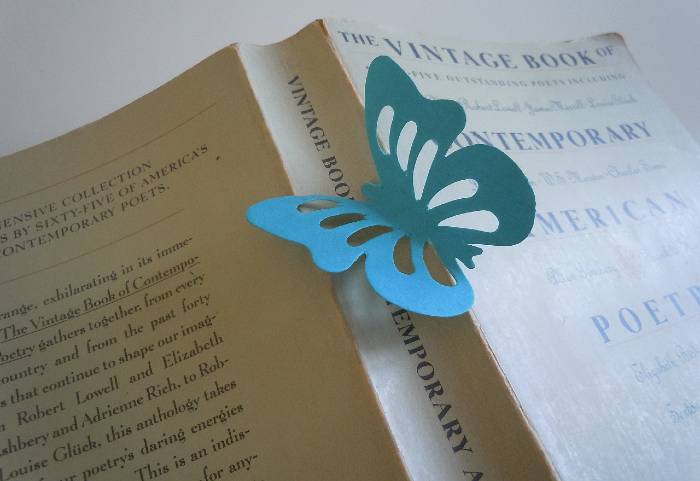/001-use-the-photoshop-marquee-tool-1697604-d4155750bcac416e9345759e63933ea6.jpg)
Quick Photoshop Marquee Tool Tutorial
How to Use the Photoshop Marquee Tool
The Photoshop marquee tool is essential for several tasks. You use it to select areas of an image which you can then copy, cut, or crop. It can also isolate sections of a graphic to apply a filter or effect to a particular area. Marquee selections also mark out boundaries for stroke and fill commands to create shapes and lines.
Here's what you need to know about this useful tool.
How to Use the Marquee Tool in Photoshop
At its core, the marquee tool selects parts of an image so you can edit them, like the three items in the Lasso menu. But it can do some things that those features can't. Here's how to use it.
Open the image you want to edit in Photoshop.
Select the marquee tool in the Photoshop toolbar. It's the second down, below the move tool. To access the four options of the marquee, hold the left mouse key down on the tool, and select one of the additional options from the pop-up menu.
Select an area of the image to work with. Position the mouse where you want to begin the selection and click the left mouse button, holding it down while you drag the selection to the desired size. For the elliptical and rectangular marquees, hold Shift to make perfect circles and squares. For the single row and single column marquees, click and drag the marquee to select the one-pixel line of your choice.
To move the selection while you're still creating it, hold down the spacebar and drag the mouse; the selection will move instead of resizing. To continue to resize, release the spacebar.
When you've selected everything you want, click and drag to move the selection area. You can also nudge it using the arrow keys.
Additional Options for the Marquee Tool
When you select the marquee tool, a new set of options appears in the toolbar at the top of the screen.
The first group determines what happens every time you click:
- New selection: You'll start a completely new shape.
- Add to selection: If you make one selection and click again, the two areas will join together if they overlap. You can also use this option by holding Shift before you make the next selection.
- Subtract from selection: The second shape you create will remove itself from the first (i.e., placing a circle inside another circle will create a selection the shape of a doughnut). You can also subtract one selection from another by holding the Alt or Option key before you start making the second shape.
- Intersect from selection: Making multiple shapes will give you a selection based on where they overlap.
Feather lets you create a softer border for your selection area. Enter a value from 0 to 250 to set how far out you want to blur the selection beyond the line you select.
The Anti-alias box tells Photoshop whether to "smooth" the borders of a selection. This setting is useful when you're working with low-resolution images.
The Style pulldown menu lets you decide how the shapes behave when you use the elliptical or rectangular tools.
- Normal means that the ellipse or rectangle will follow your mouse pointer exactly.
- Fixed ratio lets you decide the relative dimensions of the width and height of your selection. For example, enter 2 and 1 to always make ellipses and rectangles twice as wide as they are tall.
- Fixed dimension means that every time you click, you'll create a specific size of a shape. Enter the height and width in pixels to set these values.
Putting the Selections to Use
Once you have selected an area, you can apply different uses to it. Use a Photoshop filter, and it will only apply to the selection. Cut, copy, and paste to use it elsewhere or alter your image.
You can also use many of the functions within the Edit menu, such as fill, stroke, or transform, to alter the spot you've selected. Create a new layer, and then fill a selection to build shapes. Once you learn the marquee tools, you'll be able to manipulate not just the whole, but parts, of your images.



/162918657-56a7935c5f9b58b7d0ebd6b2.jpg)





